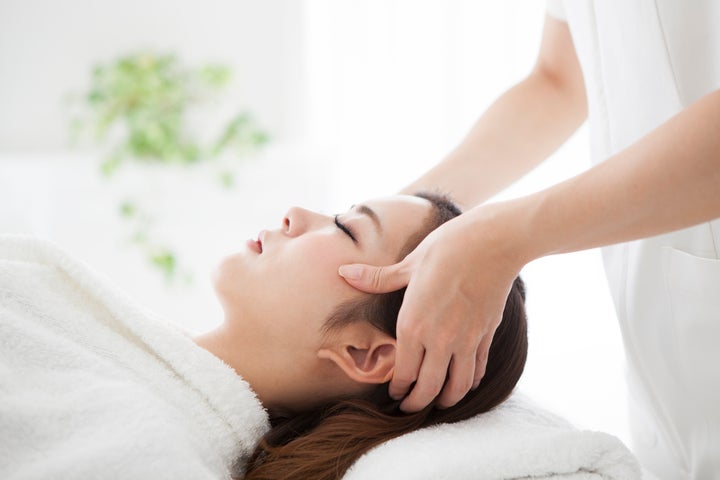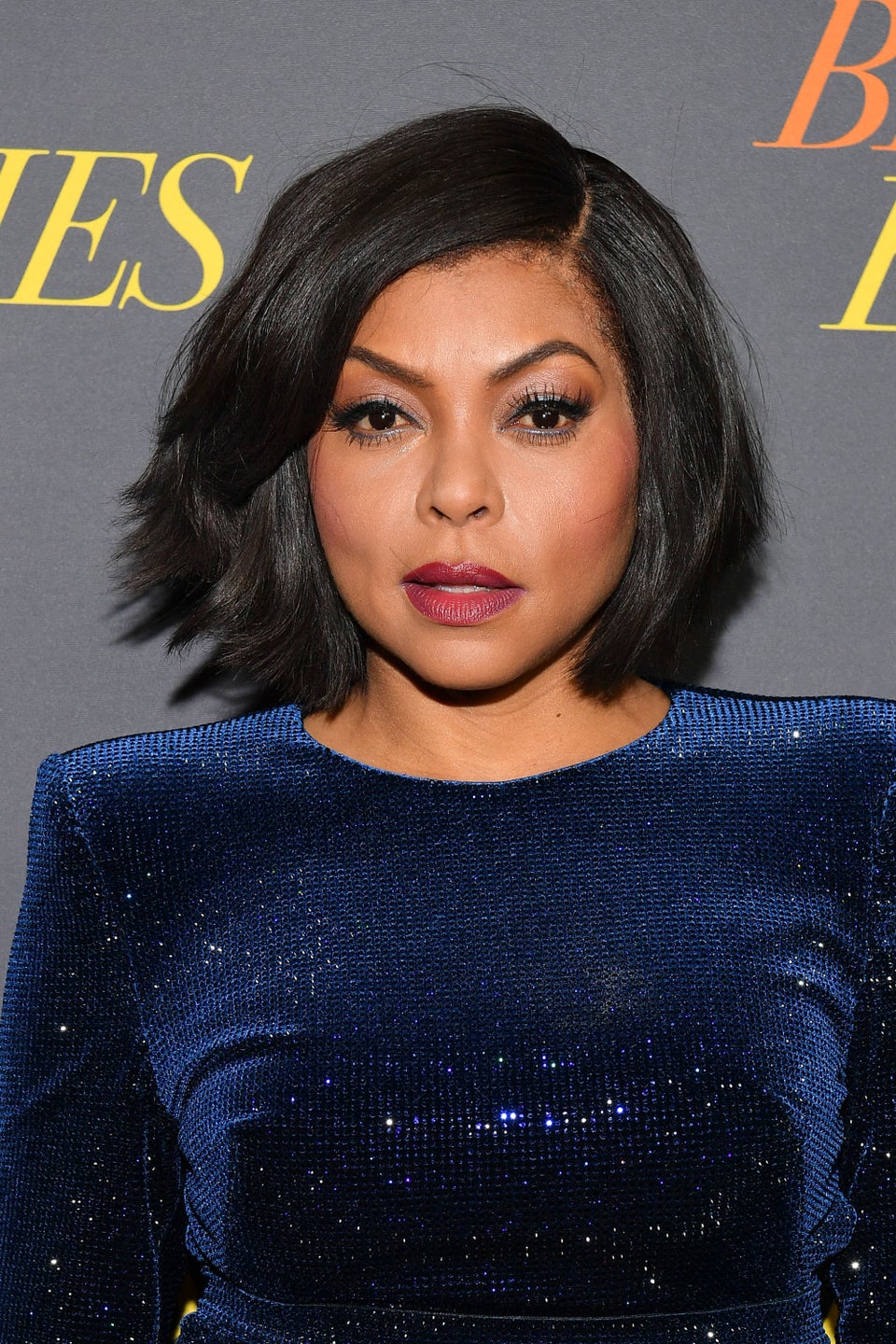We tend to put our scalps through a lot ― we sweat, we cover our heads with tight hats, and we load our hair up with dry shampoo and other products that build up. And it all takes a toll.
And sure, the detoxifying scalp products on the market can help keep that buildup from getting out of control. However, the scalp care business is expected to reach new heights this year, as scalp facials (also known as “head spa”) are suddenly gaining traction, and, well, we can’t say we aren’t amused.
What Scalp Facial Practitioners Claim
If you find yourself wondering why on earth you would even need a scalp facial in the first place, Nioxin Head Spa stylist Michael Long suggests thinking of it like an actual facial for your scalp, especially since the skin on the head is often neglected.
“Skin care has traditionally focused only on the face, but the skin on the scalp is just as important,” Long told HuffPost. “The scalp is delicate and is prone to irritation, buildup and inflammation — conditions that can negatively affect the hair follicle and prevent hair growth.”
To help reboot your scalp, Long explained that the Nioxin Head Spa’s 45-minute treatment features six steps: a consultation using a special scalp-magnifying tool, scalp renew dermabrasion, heat therapy, and other products (cleanser, conditioner, masks and leave-in treatments) that strengthen and protect both the scalp and the hair shaft.
Long added that he thinks regular treatments — he advises monthly visits — are especially beneficial for those living in big cities, as toxins (from car exhaust, industrial chemicals and smoke) can easily settle on the head, wreaking havoc on the skin.
“We go one step further [than traditional scalp massage] by offering personalized treatments that infuse the scalp with nutrients and antioxidants to cleanse, condition and exfoliate the scalp,” Long said. “These additional steps rebalance scalp moisture, and protect and strengthen the hair strands themselves.”
What Dermatologists Have To Say
From a dermatological perspective, Dr. Anna Guanche told HuffPost that scalp facials may appear to be like any other beauty fad. However, she suggested that as dirt and oil builds up on the hair, the scalp also accumulates impurities, making it important to cleanse the scalp regularly in order to free it from such buildup.

This makes it an ideal treatment for those dealing with unbearable flakiness or for those who want a closer look at their scalp health, according to Guanche.
“A crucial step of the scalp facial is scalp analysis, which uses a special magnifier to allow for detailed visualization of the scalp, helping to also identify lesions or growths on the scalp that may not have been known about previously,” Guanche said.
The scalp facial is also a fantastic treatment for those who are dealing with hair loss or stunted hair growth. Dr. Debra Jaliman told HuffPost that regular treatments help to eliminate blocked follicles, which cause unwanted breakage.
“When there is build up our hair, follicles are blocked and hair does not grow as healthy,” Jaliman said. “And since a facial steamer is used during a scalp facial, this helps to open up the pores (hair follicles), allowing your hair to grow longer and healthier over time.”
What To Be Skeptical About
That’s not to say that scalp facials don’t come with their fair share of concerns, as Guanche highlighted that not all treatments are equally effective for everyone. And if you are seeking a scalp facial for dandruff relief, she added that there is always a possibility that it may not achieve the desired results.
“Dandruff is a chronic condition that will not be cured by a scalp facial,” Guanche warned. “You’ll also want to be equally careful with scalp conditions that involve raw skin, as this procedure could cause tenderness and exacerbation of the problem.”
Though for Dr. Jessica J. Krant, the scalp facial trend speaks to themes of under-cleaning and chemophobia, something that does seem to be seem to prevalent in the hair care sphere at the moment.
“Society encourages us to make sure our hair does not get over-washed and stripped, so much that our scalps are left lonely and uncared for,” Krant told HuffPost. “Similarly, there has been a lot of unfounded fear of chemicals ... We are now spending extra money on other chemicals (everything has a chemical name) to remove the buildup of natural scalp oils, hair products and common skin microorganisms like yeasts and bacteria.”
With that said, Krant suggested that while scalp facials do work to remove buildup, reduce itchiness and increase circulation, these results could easily be provided at home if a person incorporates the right measures into their routine.
“What scalp facials offer could be provided at home if we would just wash our hair a little more often,” Krant said. “Be sure to avoid sulfate-free products (unless there is a true sulfate allergy) and use dandruff control shampoos when needed. [Shampoos with sulfates] tend to keep scalps clearer and less itchy, reducing the need to spend money on extra scalp treatments.”
